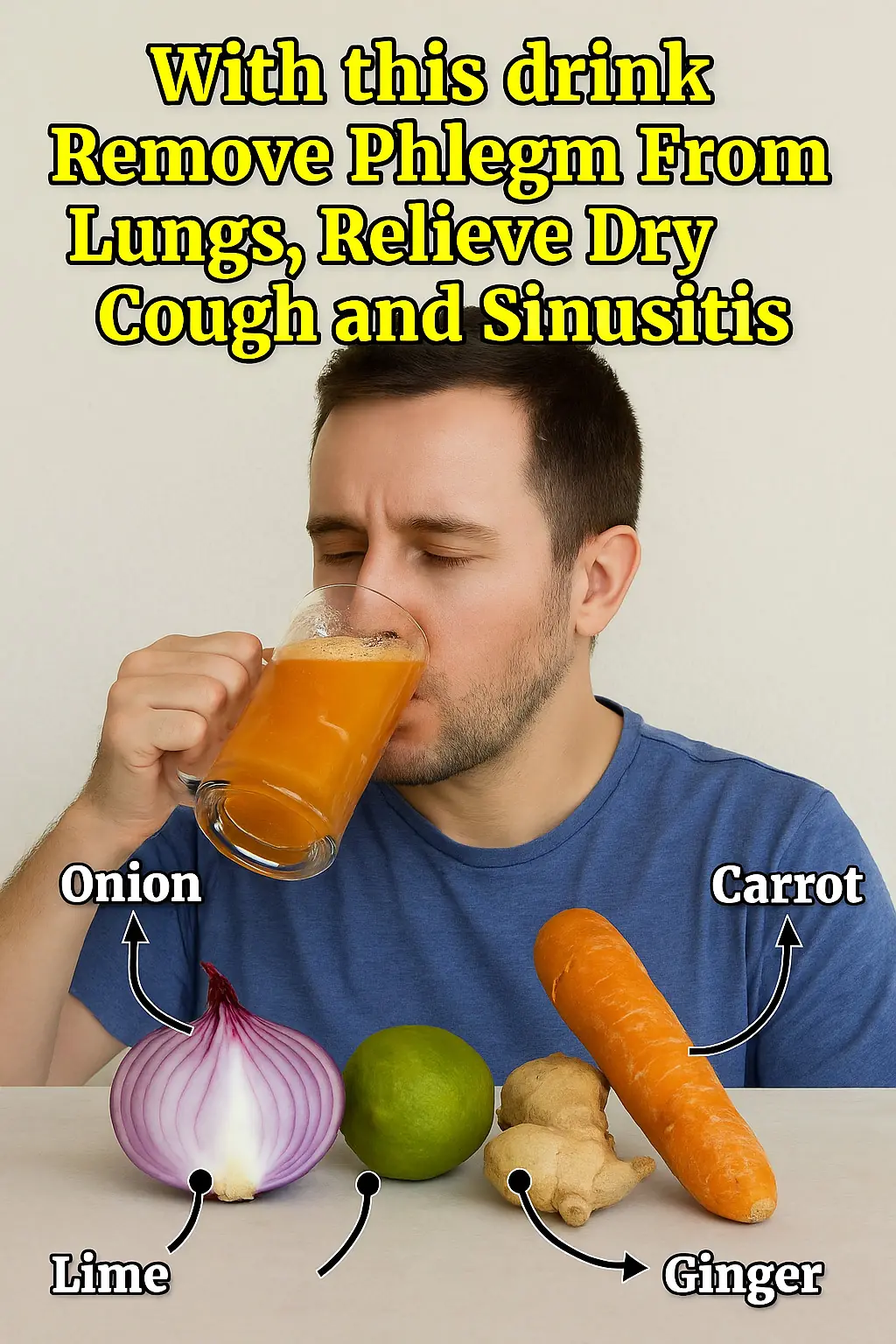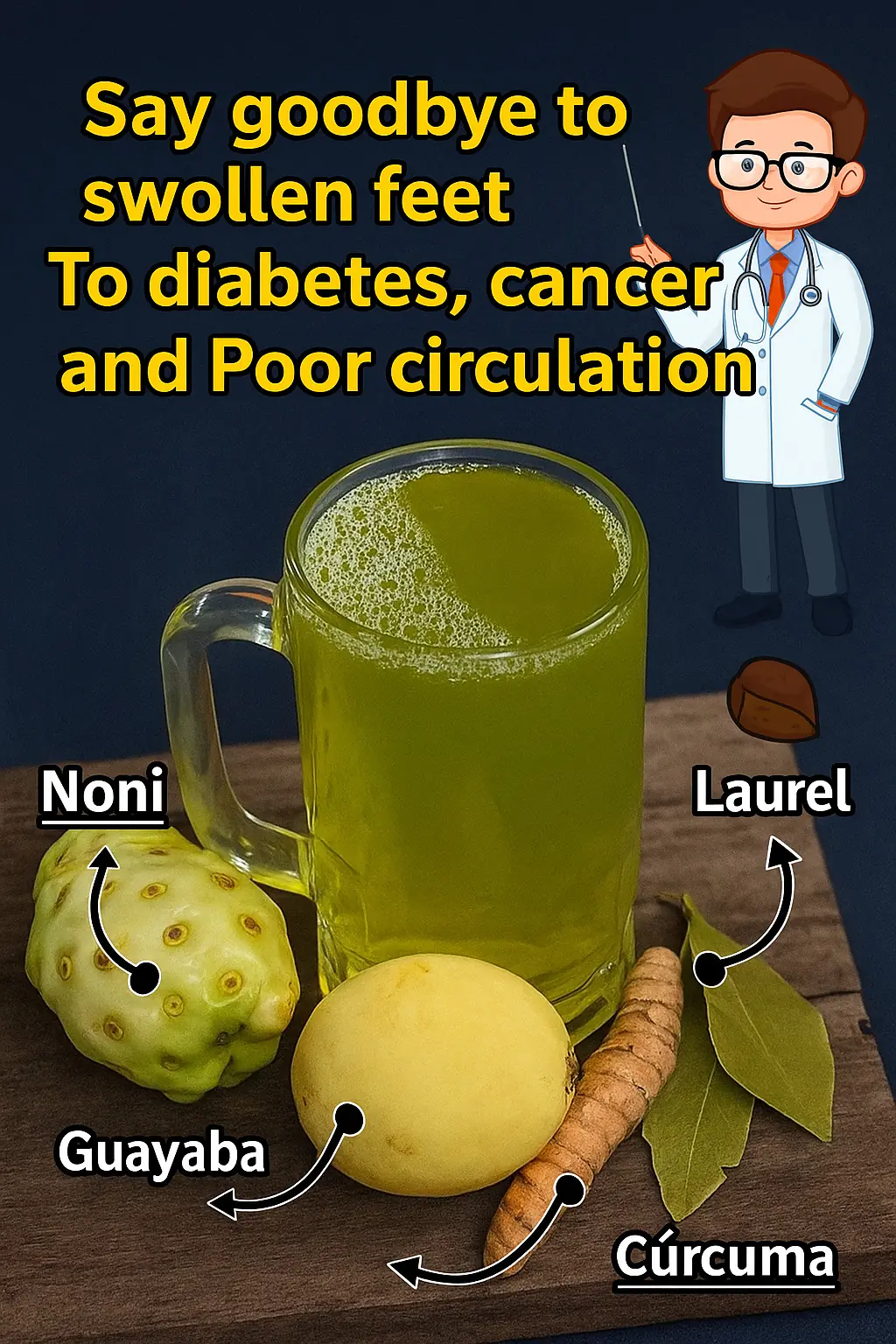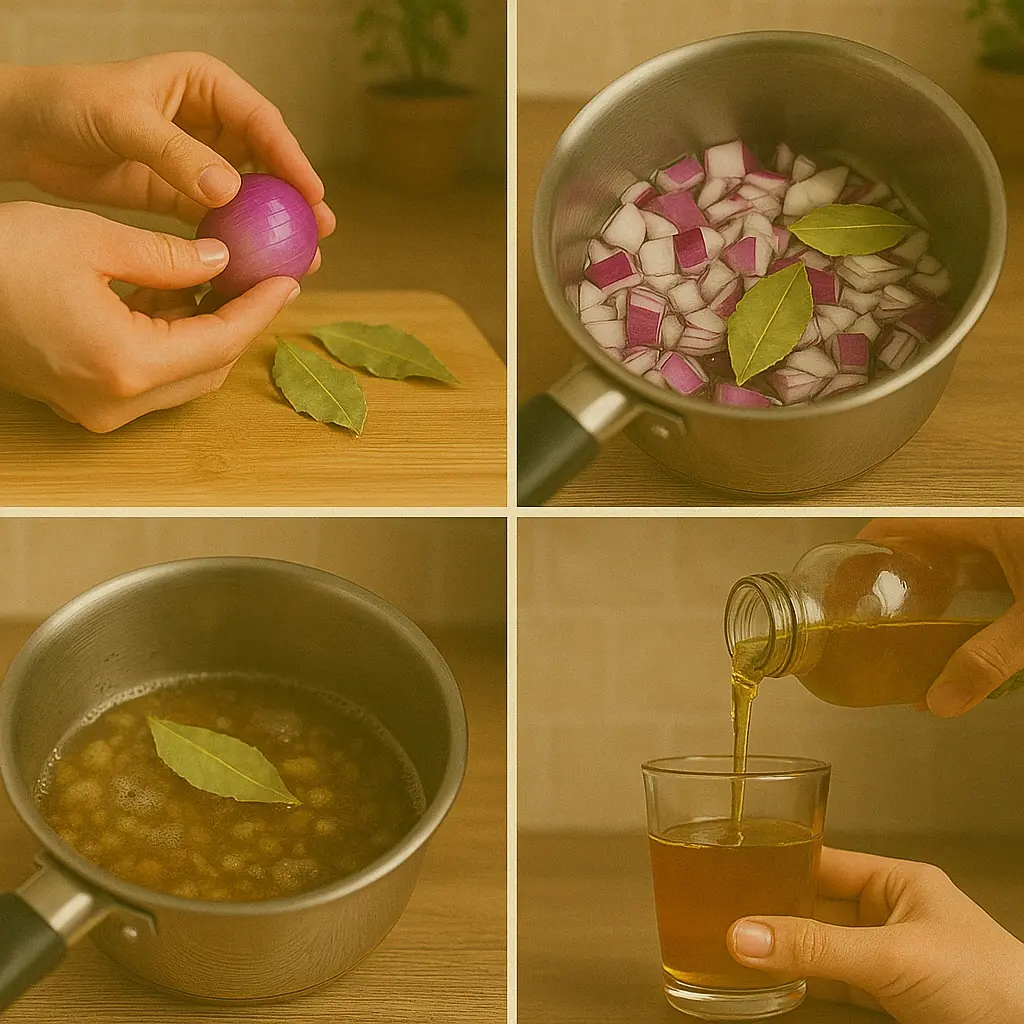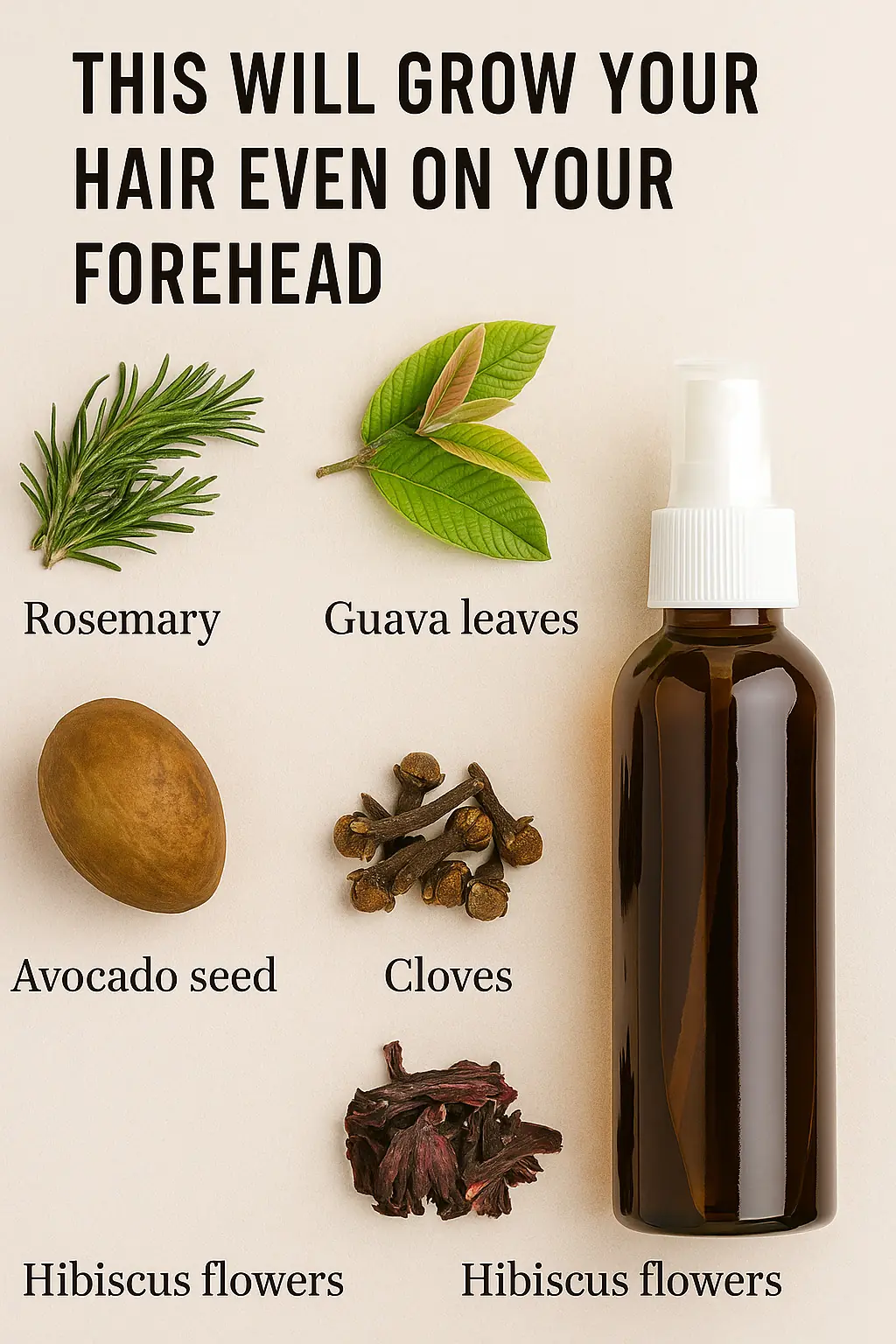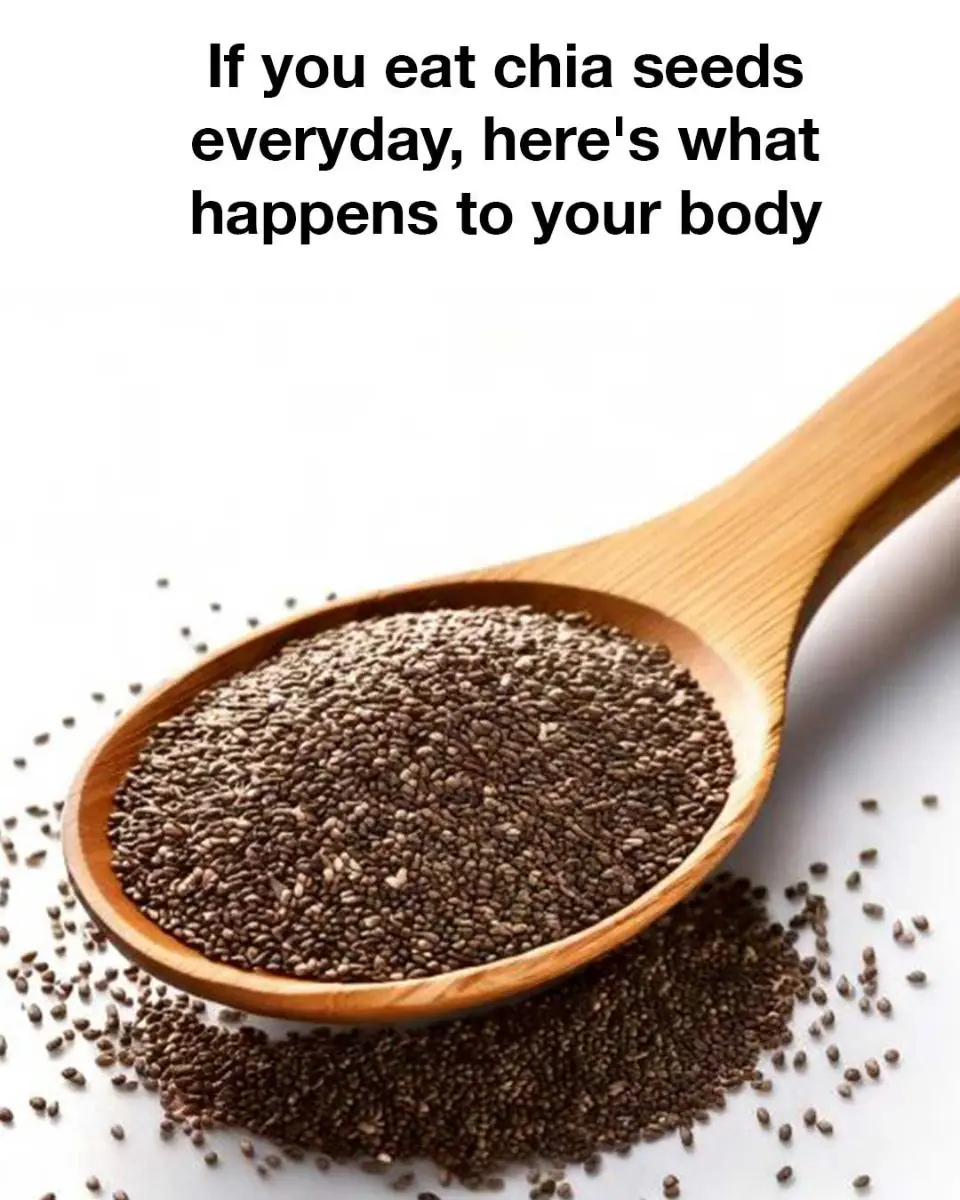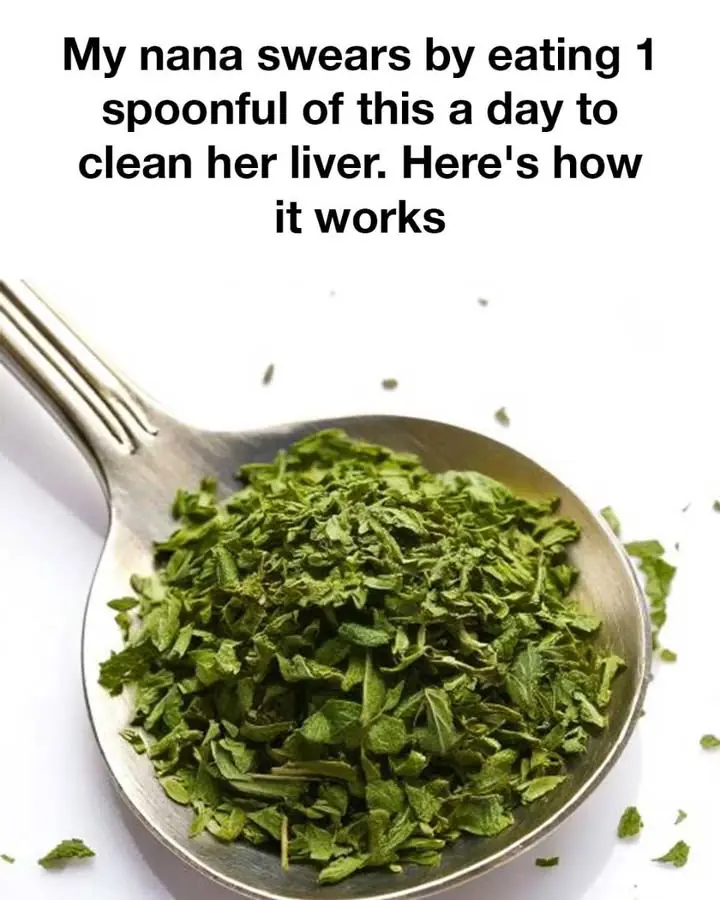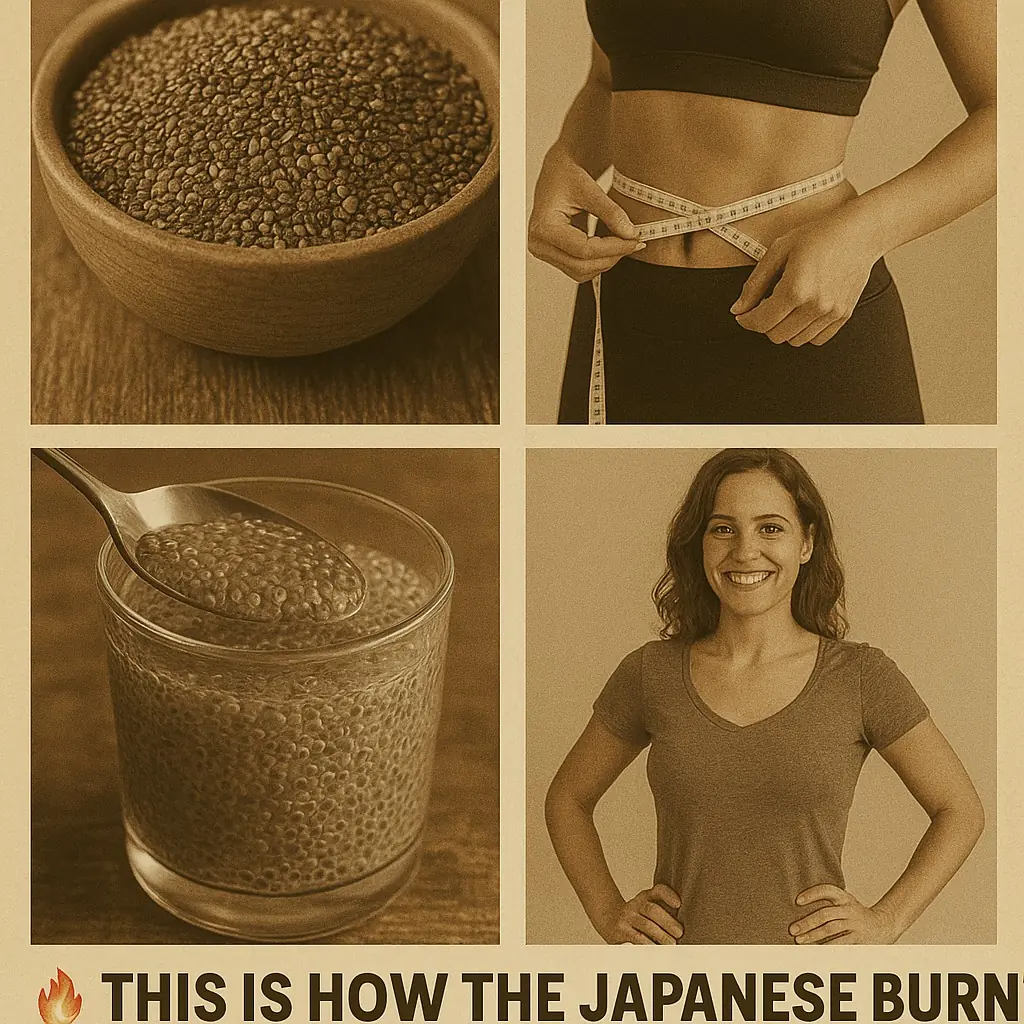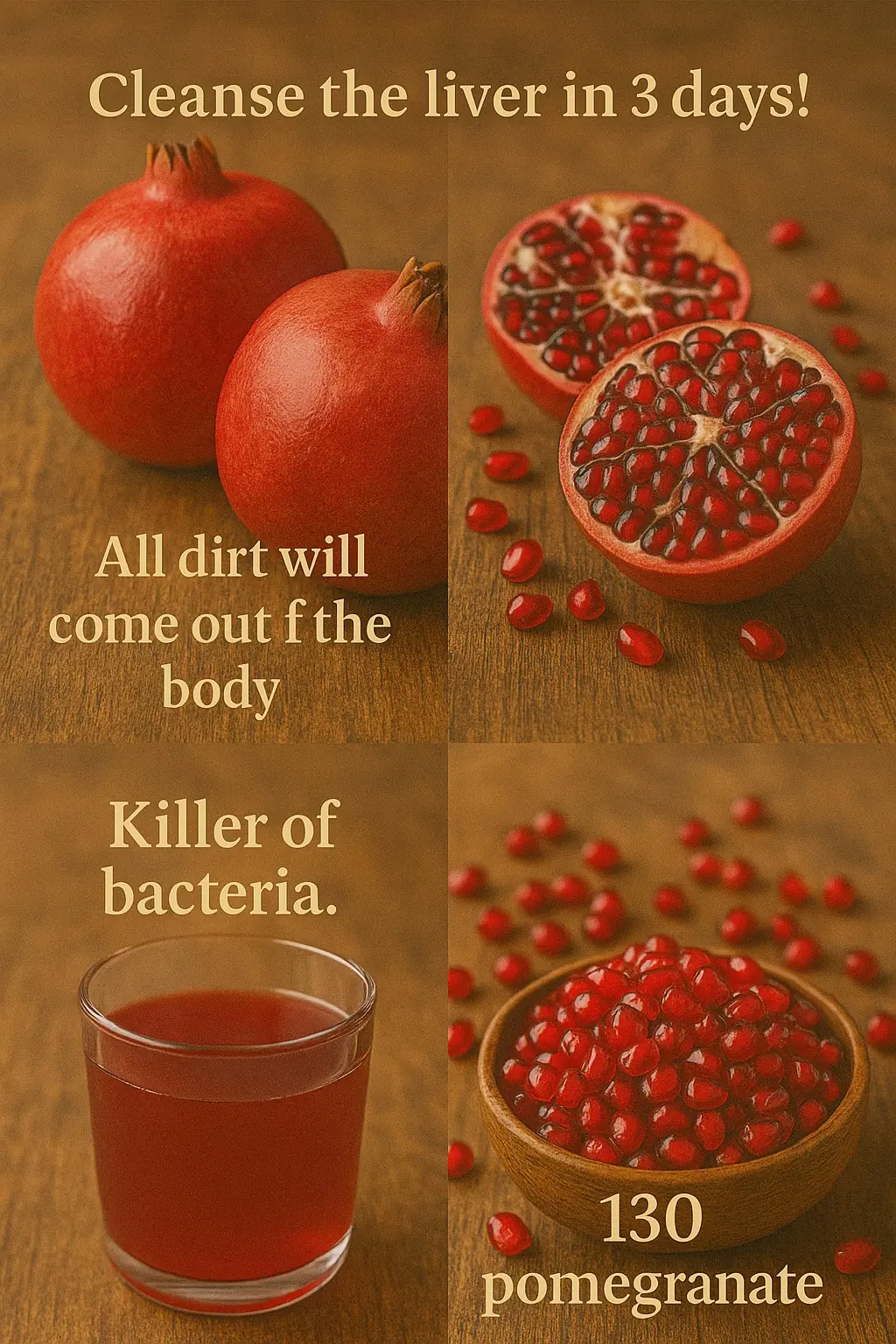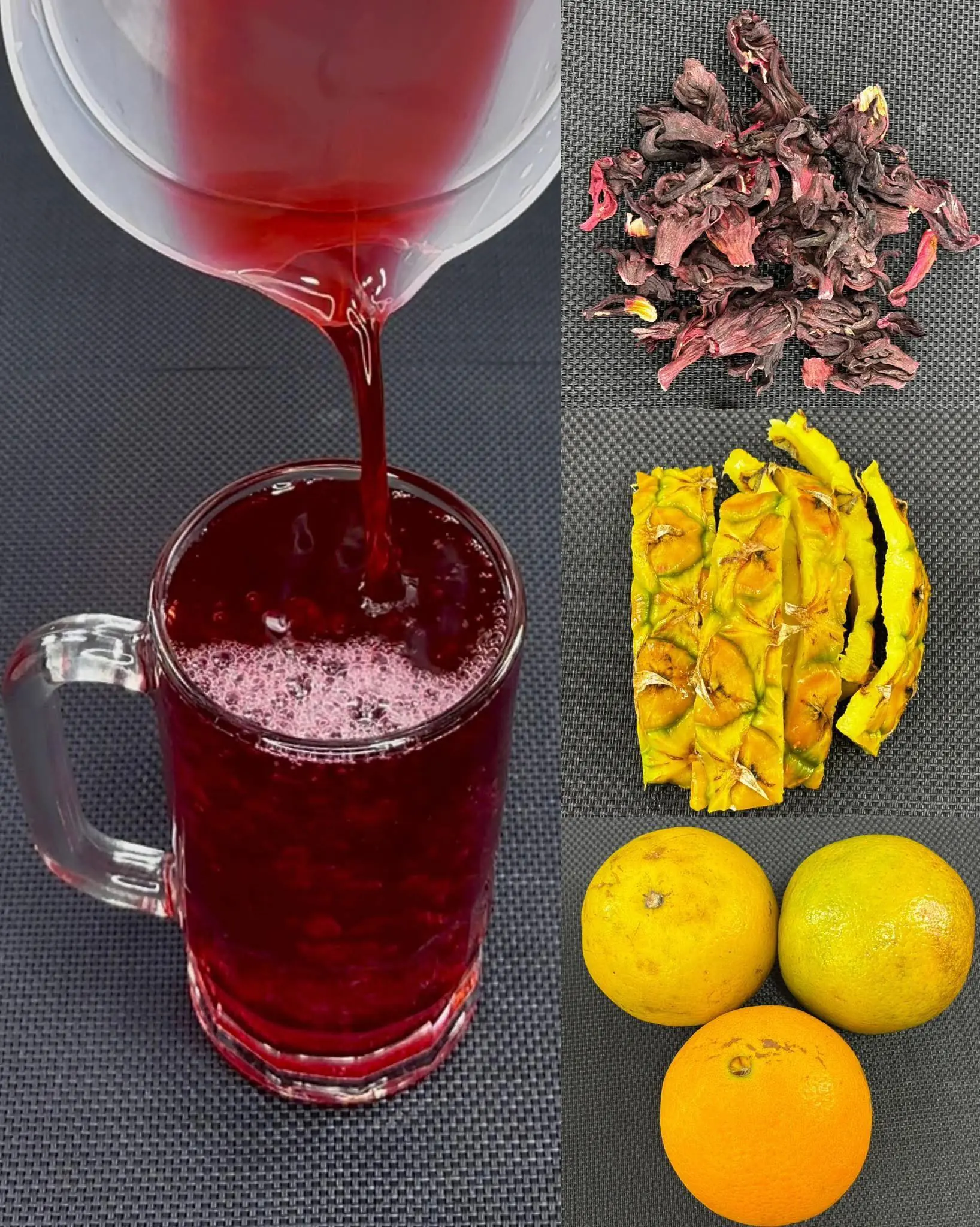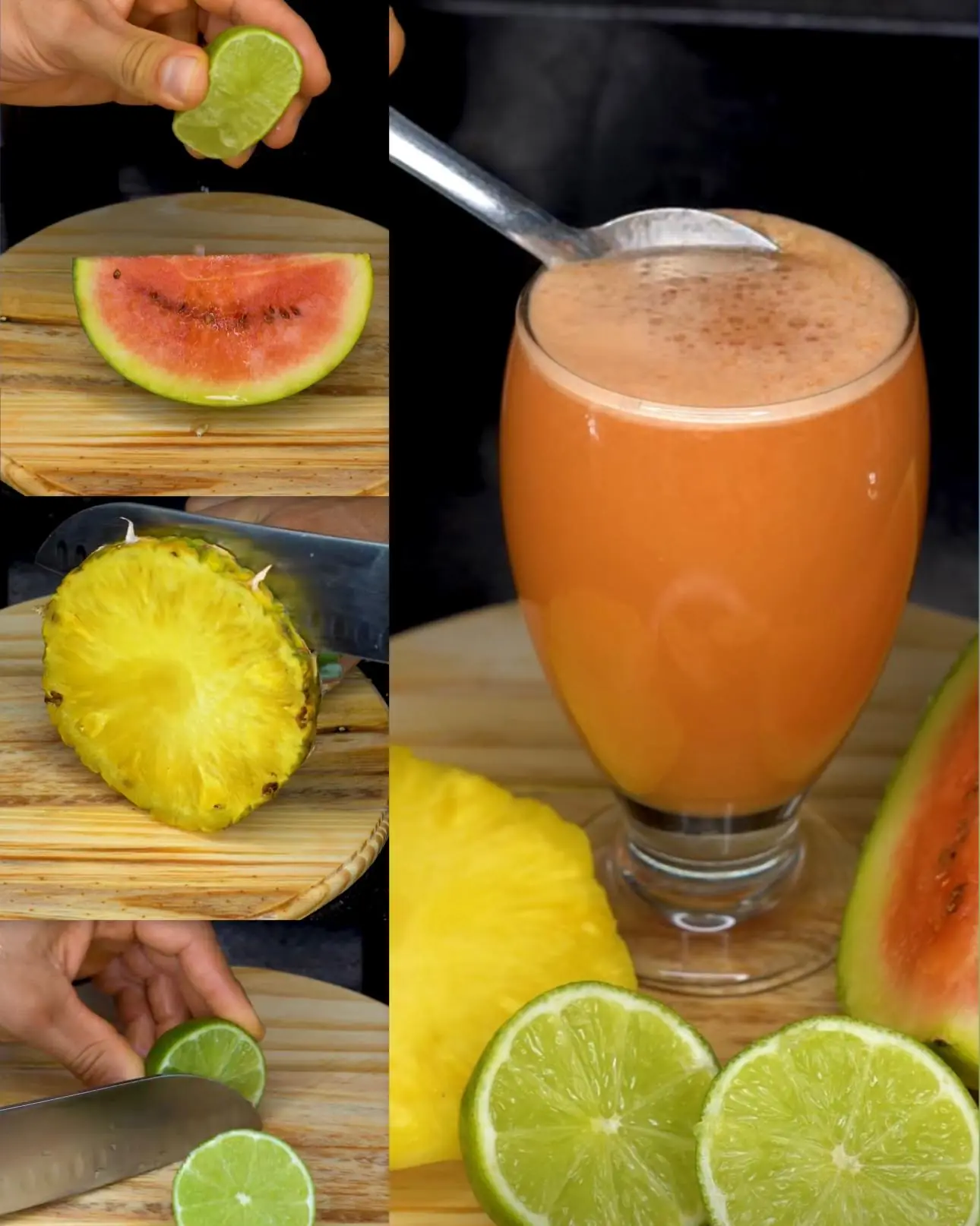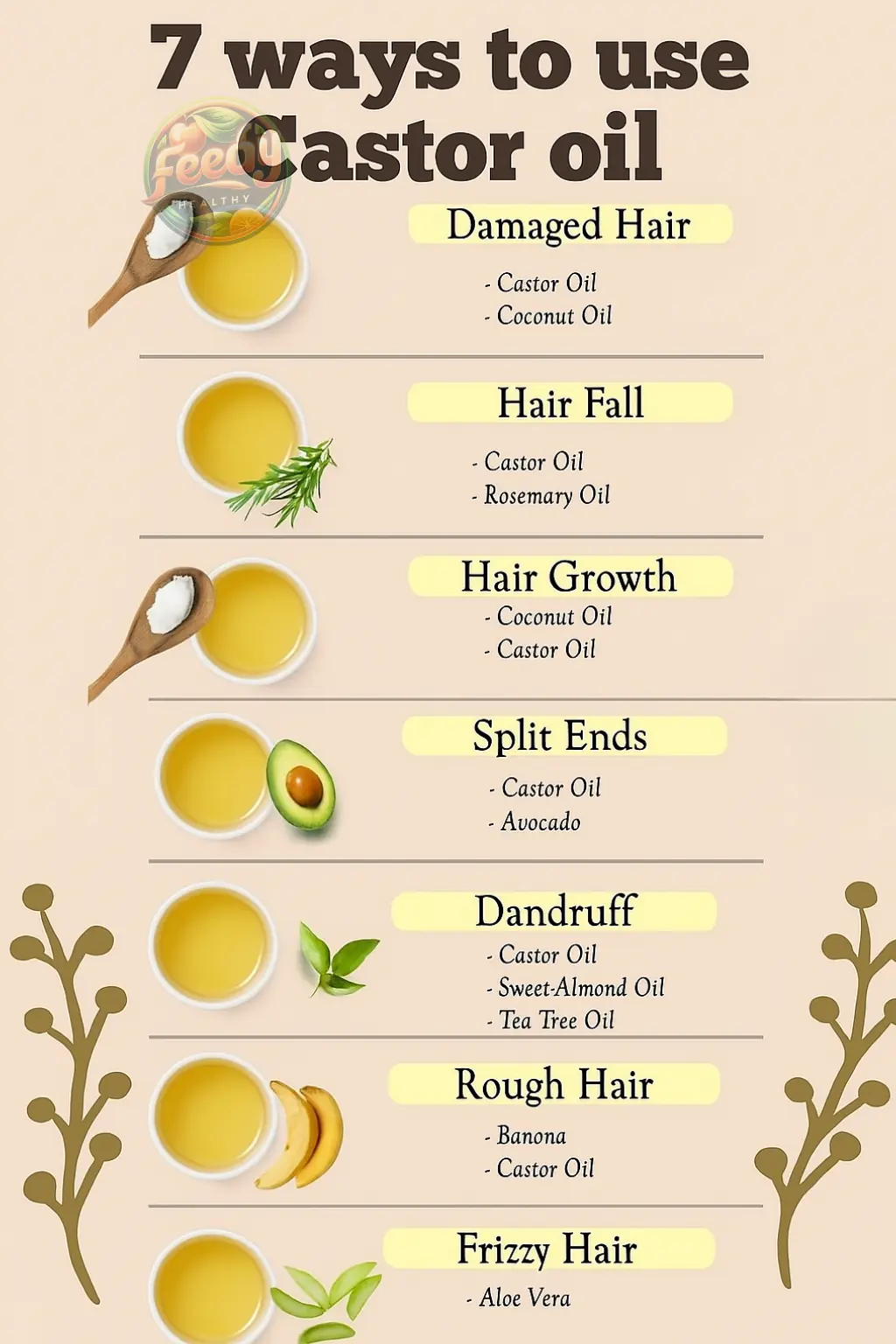In recent years, the issue of plastic rice has sparked concern among consumers worldwide. Reports of counterfeit rice made from synthetic materials have raised alarms about food safety and authenticity. This phenomenon has led to a growing demand for methods to distinguish real rice from its plastic counterpart.
Plastic rice is said to be made from a mixture of potatoes, sweet potatoes, and synthetic resin, molded into rice-like grains. While the extent of the problem is still under investigation, the potential health risks and economic implications make it crucial for consumers to be informed about how to identify and avoid plastic rice.
1. Understanding the Plastic Rice Phenomenon
Plastic rice is believed to originate from unscrupulous manufacturers looking to cut costs by substituting real rice with cheaper, synthetic alternatives. These fake grains are often mixed with real rice to make detection more difficult. The synthetic resin used in plastic rice can be harmful if ingested, leading to potential health risks.
Reports of plastic rice have surfaced in various countries, causing widespread concern. The grains are designed to mimic the appearance of real rice, making visual identification challenging. This has led to the development of several tests and methods to help consumers differentiate between the two.
2. Health Risks Associated with Plastic Rice
Consuming plastic rice can pose significant health risks due to the presence of synthetic materials that are not meant for human consumption. These materials may contain toxic substances that can lead to gastrointestinal issues, liver damage, and other health complications.
The ingestion of plastic particles can also contribute to long-term health problems, as they may accumulate in the body over time. This highlights the importance of ensuring the authenticity of rice before consumption to avoid potential health hazards.
3. The Importance of Rice Authenticity
Rice is a staple food for billions of people around the world, making its authenticity crucial for both health and economic reasons. Ensuring the rice you consume is genuine not only protects your health but also supports ethical agricultural practices and prevents economic losses for legitimate producers.
Authentic rice provides essential nutrients and energy, making it a vital component of a balanced diet. By being vigilant about rice authenticity, consumers can contribute to maintaining the integrity of the food supply chain.
4. The Water Test: A Simple Buoyancy Check
One of the simplest methods to test for plastic rice is the water test. Real rice is denser than water and will typically sink when placed in a glass of water. In contrast, plastic rice, being less dense, may float or remain suspended.
To perform this test, fill a glass with water and add a handful of rice. Stir the rice gently and observe the behavior of the grains. If a significant portion of the rice floats, it may indicate the presence of plastic rice.
5. The Heat Test: Observing Melting Behavior
The heat test involves applying heat to a small sample of rice to observe its reaction. Real rice will not melt when exposed to heat, whereas plastic rice may begin to melt or emit a plastic-like odor.
To conduct this test, place a small amount of rice in a frying pan over medium heat. Watch for any signs of melting or unusual smells. If the rice begins to melt or produces a synthetic odor, it may be an indication of plastic rice.
6. The Boiling Test: Watching for Unusual Reactions
During the boiling test, you cook the rice as you normally would and observe any unusual reactions. Real rice will cook uniformly, while plastic rice may exhibit strange behaviors such as clumping or forming a thick layer on the surface.
Boil a small batch of rice and pay attention to its texture and appearance. If the rice does not cook evenly or forms a gelatinous layer, it could be a sign of plastic rice contamination.
7. The Mold Test: Checking for Natural Decay
The mold test relies on the natural decay process to identify plastic rice. Real rice, being organic, will eventually develop mold when stored in a warm, moist environment, whereas plastic rice will not.
To perform this test, place a small amount of cooked rice in a sealed container and store it in a warm place for a few days. Check for signs of mold growth. If the rice remains unchanged, it may indicate the presence of plastic rice.
8. The Fire Test: Detecting Synthetic Smell
The fire test involves burning a small sample of rice to detect any synthetic odors. Real rice will burn with a natural smell, while plastic rice may emit a chemical or plastic-like odor.
To conduct this test, take a few grains of rice and carefully burn them using a lighter or match. Observe the smell produced during burning. A synthetic or chemical odor could suggest the presence of plastic rice.
9. Popular Viral Hacks for Identifying Plastic Rice
Several viral hacks have circulated online, claiming to help identify plastic rice. These include methods such as crushing the rice to check for a powdery residue or using iodine to test for starch content.
While some of these hacks may offer insights, they are not always reliable. It's important to use a combination of tests and trust reputable sources to ensure the authenticity of your rice.
10. Expert Tips for Buying Authentic Rice
Experts recommend purchasing rice from reputable brands and trusted retailers to reduce the risk of encountering plastic rice. Look for certifications and quality seals on packaging that indicate authenticity and adherence to safety standards.
Additionally, buying rice in its whole grain form rather than pre-processed or instant varieties can help ensure its authenticity. Whole grain rice is less likely to be tampered with compared to processed products.
11. What to Do If You Suspect Plastic Rice
If you suspect that you have purchased plastic rice, it's important to report it to the relevant authorities or consumer protection agencies. They can investigate and take action to prevent further distribution of counterfeit products.
In the meantime, avoid consuming the suspected rice and consider switching to a different brand or retailer. Sharing your experience with others can also raise awareness and help prevent similar incidents in the future.




